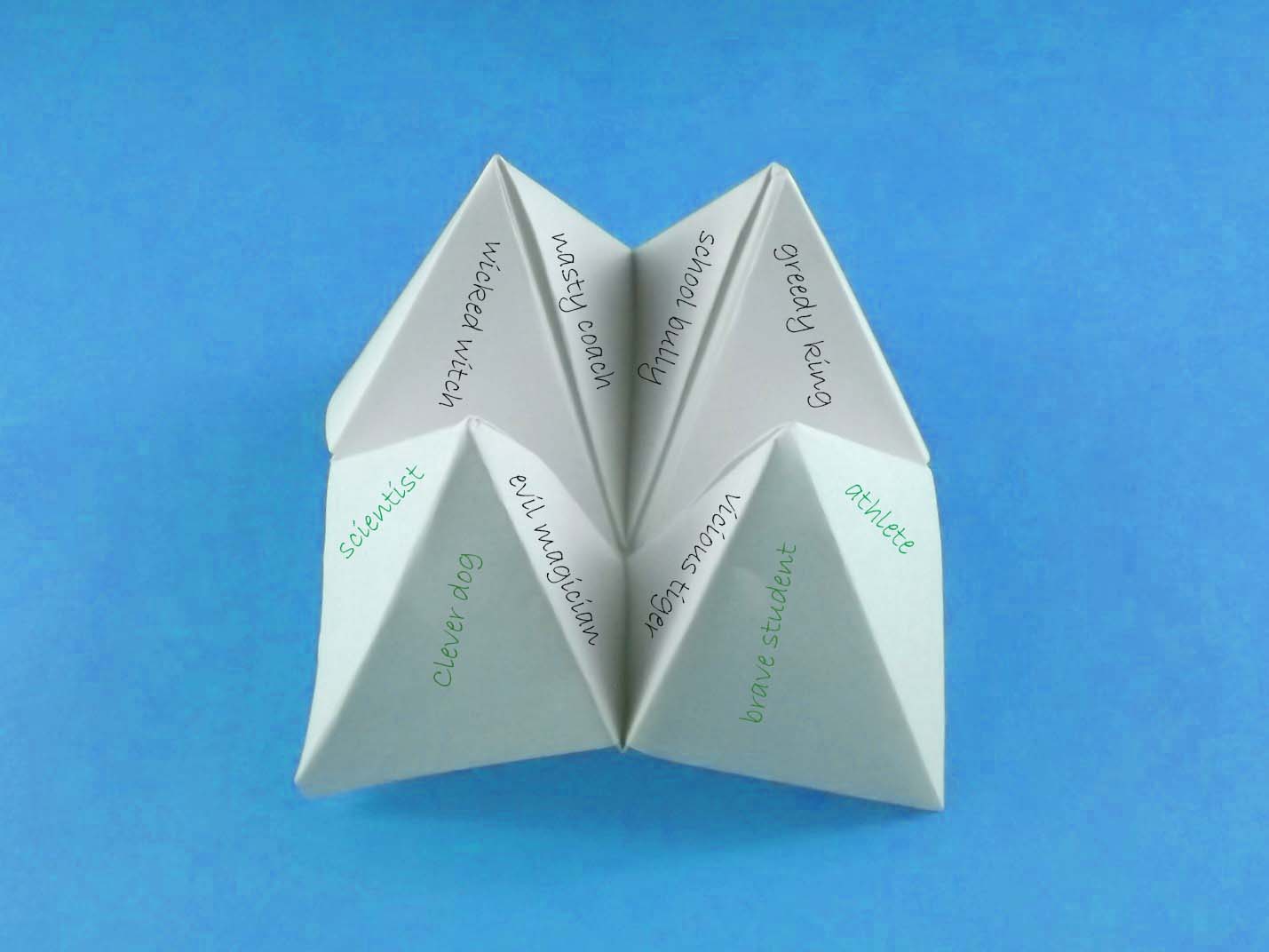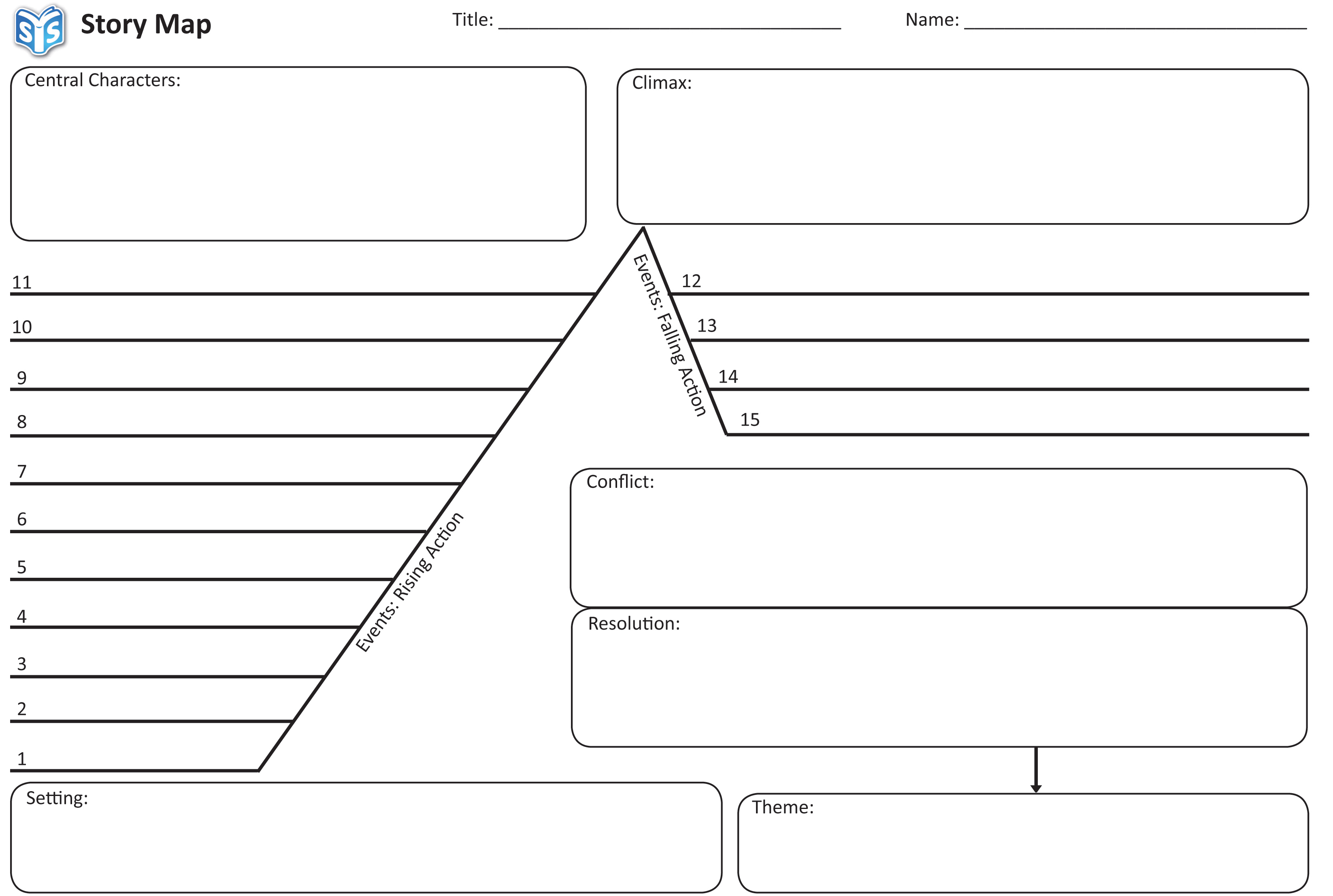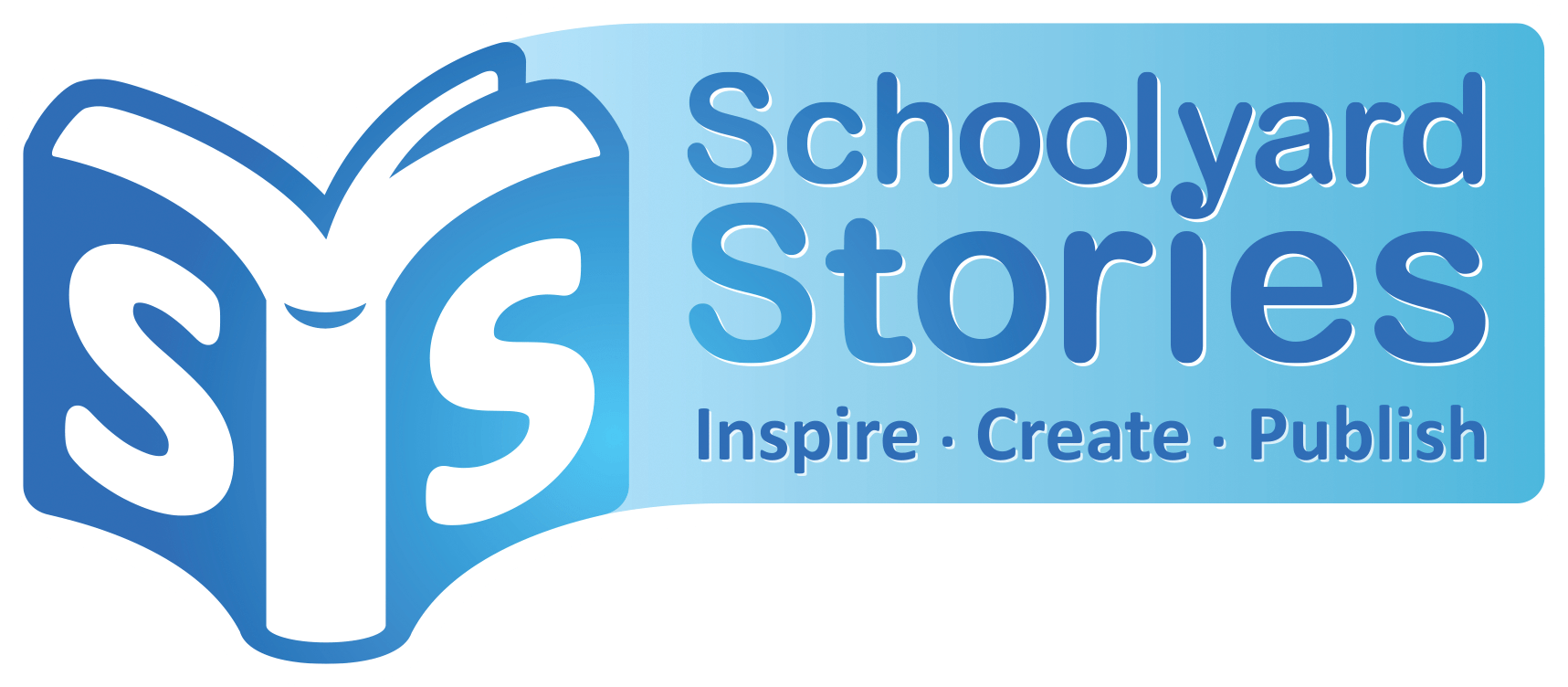“CREATE A STORYBOOK” is series of useful tips and tools for making storybooks with pictures or illustrations.
My heart goes out to all parents who are coping with home schooling! I thought I would send out this simple literacy activity. It is appropriate for ages 5-95. This is a project that you can work on for an hour at time, and keep coming back to, until you are finished.
Materials
You don’t need anything special, just use what you have around the house.
You will need, paper, cardboard, grey lead pencil, coloured pencils (or markers), needle and thread (or stapler) and glue. Most importantly, you will need to download and print Jen McVeity’s Chatterbox Game .
Bind Your Book
Normally your storybook is printed and bound at the end of the publishing process. There is a reason I would choose to make it first. Seeing a physical blank book will give children something to look forward to. A blank book is full of potential. It is also less confusing when it comes to the layout. You can plan out the front and back of each page and your double page spreads. Although you are creating the bound book first, you will not use it until you are ready for your final draft. Saddle stitching is probably the easiest and looks great. Here is a wonderful video on how to saddle stitch book. If you don’t want to sew your book, simply staple it.
If your are concerned about mistakes, you don’t have to write/draw directly onto your beautifully bound book. When your little author is happy with each page, just paste them into your storybook.
Storybook Ideas
This is where the Chatterbox Game comes in. It is an origami game most of us will be familiar with. If not, the instructions that Jen McVeity has provided are easy to follow. It will give you over 500 story ideas. All you need to do is complete the blank chatterbox template by add heroes, villains and problems.
You may want to play it a few times before you are happy with your choices. Sometimes the oddest combinations make for the best results.
Time to create a storybook outline. Ask and answer the questions that are in the game’s instructions: What do they do? How do they meet? What goes wrong because of the problem? How can the hero/heroine save the situation? How does it all end? You can also map out your story by simply downloading the SYS story map/graph. You can find more details about story mapping in my post entitle CREATE A STORYBOOK Story Map
I have outlined the Seven Steps to Writing Success at the end of this article, but for more information on how to implement the Seven Steps Program in your school please visit https://www.sevenstepswriting.com/
Layout and Illustrations
When you have finished editing and checking your story, start planning your storybook layout and illustrations or photos. Look to some of your favourite storybooks for ideas. How many words or paragraphs will go on each page? Where will you add your illustrations? Will you have an entire page of illustrations, or will you have some illustration and some text? You can mix it up.
Decide on your title and cover design. Look to the internet for inspiration. You can even search up colouring book images, print them and colour them in. Collaborate with a friend or sibling as an author, illustrator duo. Create collages from old magazines. Take photos, cut them up, draw and colour around them. Use any medium you like.
Jen McVeity and The Seven Steps to Writing Success
If you haven’t been to her website already, I encourage you to visit. Smart, spirited and successful, Jen McVeity is the author of over 20 books and her novel Dreamcatcher is a popular Year 7/8 text in schools. A Churchill Fellow (in publishing), Jen has trained teachers and runs her writing Book Boot Camps in over six countries and nine states in the USA.
The Seven Steps to Writing Success website if full of resources for teachers and parents. Jen’s program has proved to rapidly improve students’ writing skills and get them engaged in writing. The Seven Steps program has helped make significant increases in students’ national tests scores in hundreds of school across Australia and the USA.
Jen and Schoolyard Stories have a common goal, to encourage children to read and write and to have fun doing it. Here is an outline of the Seven Steps to help you make a storybook you will cherish for always.
Step 1: Plan for Success
A joke, a movie, a TV sitcom, a book a great story; what they all have in common? They all follow the same ‘story graph’. Start with a bang, slowly build up the tension and end on a real high point.
Step 2: Sizzling Starts
Start where the action is. Not at the beginning of the day where nothing is happening. Begin when the volcano starts oozing lava or as you walk in the door to the big disco competition.
Step 3: Tightening Tension
You must believe the hero (male or female) will fail. The tornado is too strong, the villain is too evil, the black forces of depression are too overwhelming. Yet, through strength, talent and de-termination, somehow our hero wins.
Step 4: Dynamic Dialogue
Think of dialogue as a mini play in the story. Let your character walk, talk or even stalk. That’s how we get to know them.
Step 5: Show Don’t Tell
If I tell you I am generous, do you believe me??? No way. But if I buy all 20 raffle tickets to help cancer research, are you more convinced? Actions really do speak louder than words.
Step 6: Ban the Boring Bits
Everyone gets up, gets dressed, travels to school…it’s not exactly exciting. So why write about it? Ban all mention of the ‘boring B’ words—beds, breakfast and bus trips. Think like the movies, the heroes never travel, they just arrive.
Step 7: Exciting Endings
Would you tell a joke without knowing the punch line? If you want to build to a big climax you have to know where you are heading.





